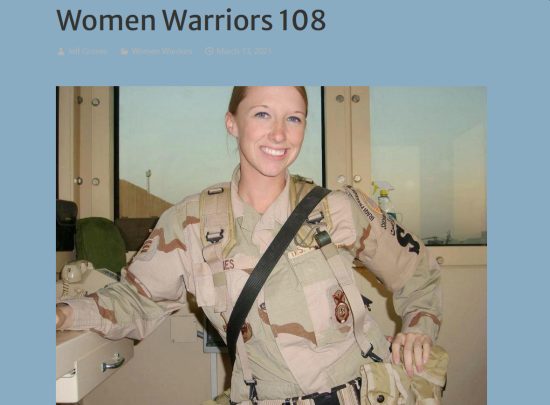
Soviet SEALs in World War II
287 pages. Eight pages of black-and-white photos. Foreword, acknowledgements, translator's note, introduction, appendices, notes, bibliography, and index.
James F. Gebhardt, who retired from the U.S. Army as a Soviet Army analyst, set out to translate the combat experiences of the Soviet Navy in WWII, resulting in over a dozen books (and expanding into Soviet Army coverage).
The basis of this book is Gebhardt's translation of Face to Face, the 1957 memoir of Victor Leonov, twice decorated Hero of the Soviet Union. However, Gebhardt has gone beyond just translating the original book, as he adds material from Leonov's other writings, from other historical sources, and even provides corroborating German documents in some of the appendices.
When the Soviet Union was invaded by Germany, the Soviet Navy created 'fleet reconnaissance' units throughout its fleets and flotillas. Leonov, working in a naval repair shop at Northern Fleet's Polyarnyy base, volunteered for service in the newly forming naval scouts unit. Their mission would be to operate on the Germans' coastal flank (Norway/Finland/Soviet Union), conducting reconnaissance, raiding behind enemy lines, and attacking in support of general combat operations.
The naval scouts were initially recruited from the top athletes in the fleet, Leonov himself being a boxer and cross-country skier, as well as a marksman and trained parachutist. A key part of their training was to develop the stamina needed for operating in arctic conditions. (The appendix includes a German wartime assessment, asserting the Northern Fleet scouts had no special training, and included 'many criminals'!)
Leonov then relates the missions which he took part in (when not injured). In the course of the war, he was admitted to the Communist Party, became a commissar, and rose to the rank of lieutenant. His account is often sprinkled with names of various scouts, as his book was intended partly as a memorial to those who served (and died).
Missions included attacking a German supply line in support of an offensive, raiding a German airfield, capturing 'tongues' (German prisoners who could 'talk'), capturing key artillery posts prior to a major amphibious landing, taking and holding an advanced position in support of larger operation, ambushing German convoys, and assaulting German strongpoints. Scouts were delivered by torpedo boat, inflatable raft, and parachute.
After the German surrender, Leonov was transferred to the Pacific Fleet, where he commanded scouts in a rapid amphibious advance along the Korean coast, including fighting in Seisin. He was twice awarded Hero of the Soviet Union.
The book counters many of the 'tall tales' told about Leonov. For instance, it is sometimes said the he didn't tolerate commissars unless they were fighters – in reality, Leonov was a commissar himself and a Communist! And though he really did get superior numbers of Japanese soldiers to surrender, the facts are not as ridiculous as the legend.
What Gephardt adds is substantial: extensive notes, including other (mostly Soviet) references; notes on the 'other' reconnaissance unit in the Northern Fleet, whose Norwegian/Soviet teams were inserted behind enemy lines; and a brief history of all naval scout units in WWII (in an appendix).
One of the problems with this book is that it can be difficult to keep track of individuals, especially when an individual might be referenced by name, nickname, and/or rank! The prose is dry and a bit wooden. The few maps lack detail. The missions described often lack the detail required to easily turn them into tabletop scenarios.
Sadly, you'll have to seek this title from used bookshops, as it appears to be out of print and not available in eBook format.
Something different for the WWII Eastern Front gamer. Recommended.
Reviewed by ![]() Editor in Chief Bill
Editor in Chief Bill ![]()
![]() .
.





